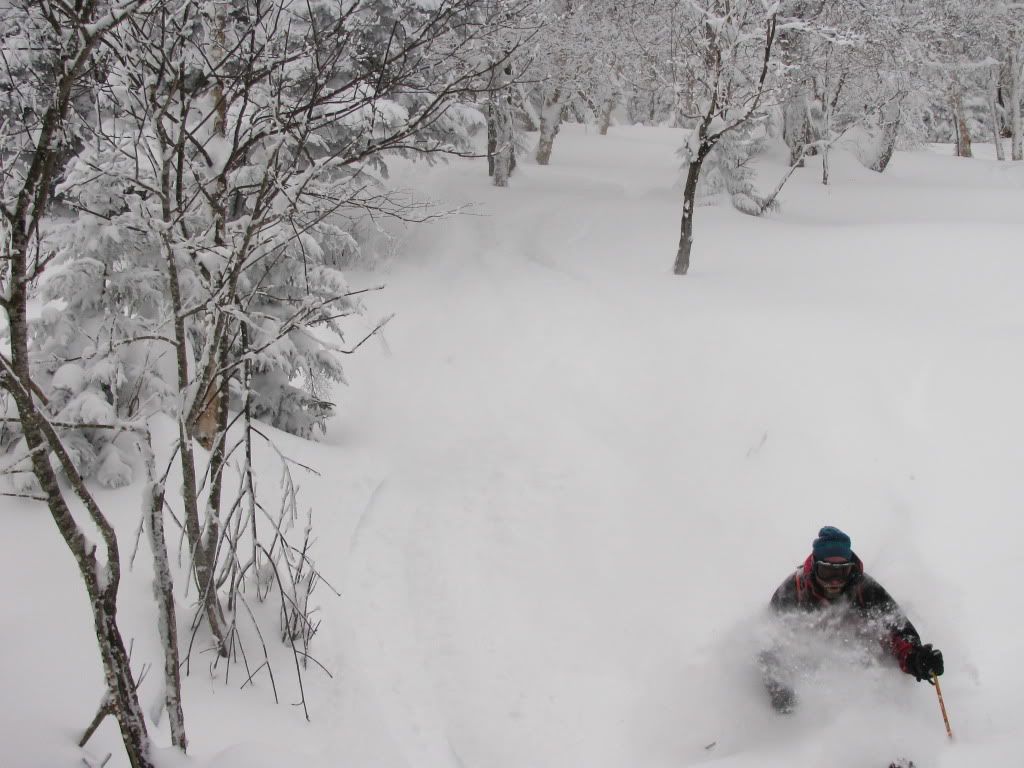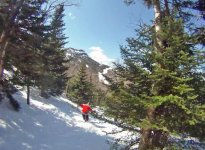admin":1o3hxwns said:
No, it doesn't. Hard snow requires a melt/freeze, period...
+1
I am as much a fan of corn as anyone, but corn is in its peak skiing condition only a few hours of the day. Dry winter snow does not ski all that differently from opening to closing of the day, so is generally preferable as being less restrictive. There are gradations. Most of the snow at Mammoth in January/early February and Alyeska in early March had not been through a melt/freeze but was firm enough for there to be fall consequences on the steeps. But it still does not vary much by time of day. In my diary spreadsheet I usually call that "A-" and the better corn days "B+", even though I'll concede the latter is more enjoyable skiing when timed right.
rfarren":1o3hxwns said:
I think you have to be dumb to argue that the skiing on the EC in terms of terrain and conditions is in the same league as what you find in the rockies.
I think that is the point of the conditions ratings, to quantify that difference over the course of a season. LCC has an average season score of 69 with 16 "A" weekends vs. 39 with 6 "A" weekends in Vermont. I also note that Park City has an average score of 48 with 10 "A" weekends, which is only slightly better than Vermont is likely to finish this season.
 on such a ridiculous long range prediction.
on such a ridiculous long range prediction.





















